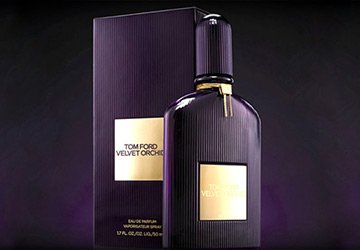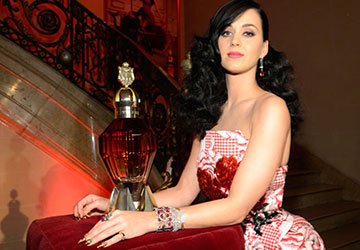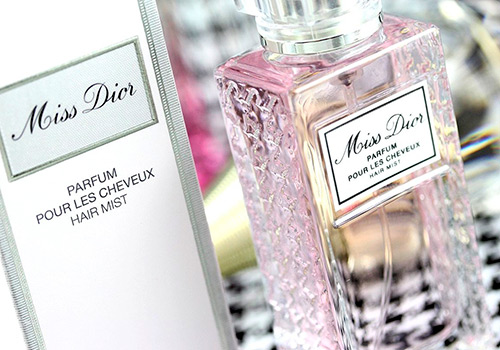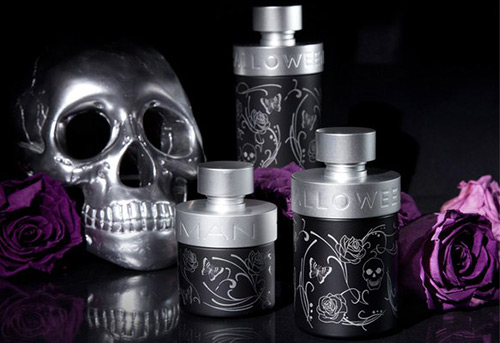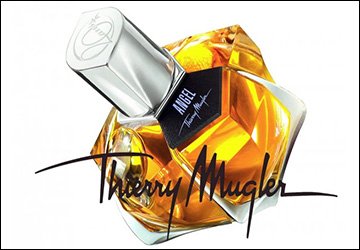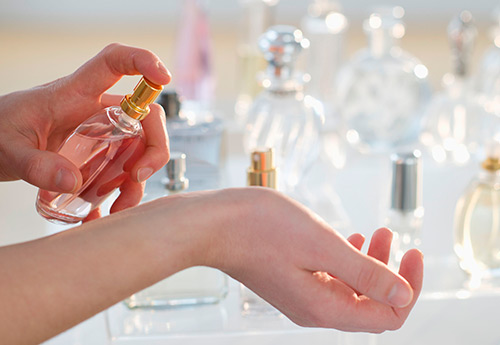Perfumery
Mass-market perfumery: affordable or dangerous?
We are accustomed to taking seriously the choice of decorative cosmetics and care products, understanding the possible harm of their components to the body. And perfumery is perceived as something harmless, which can be selected focusing only on aroma and durability, and then used in unlimited quantities for a long time.
But everything is not so simple with perfumes, toilet and perfumery waters, which may contain a dangerous concentration of harmful substances. Symptoms appear after several years and it is not always possible to determine their causes, so it is better now to determine which perfume is dangerous.
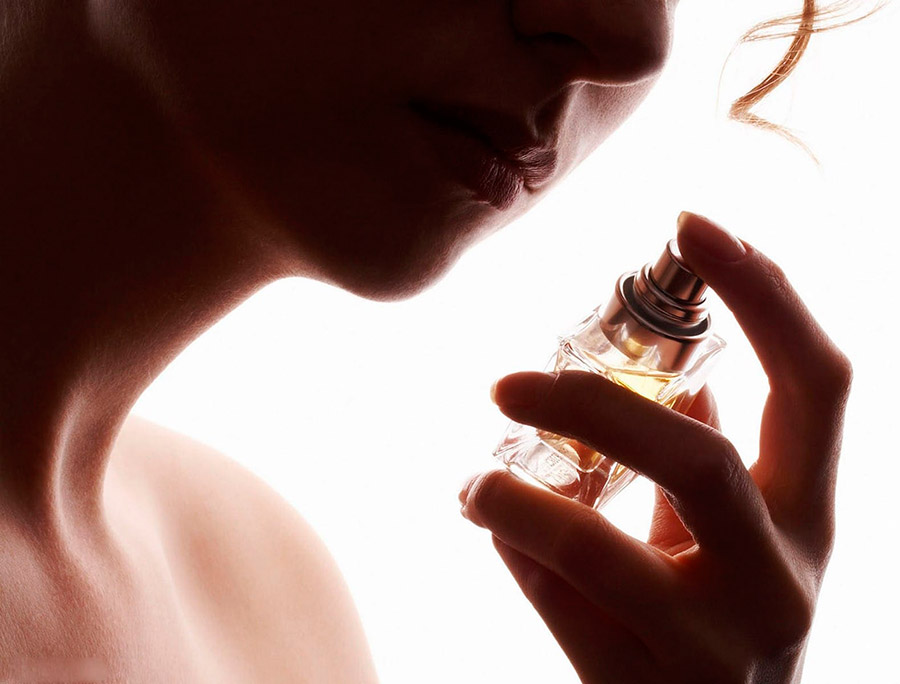
What different categories of aromatic products hide in themselves
1. Mass market. Contains dibutyl phthalate (anchoring element), which is marked as DBT in the composition. As a product of petroleum refining, it imparts a persistent aroma to materials and substances. But its chemical nature negatively affects health - with regular contact through the respiratory tract, it accumulates in the body and over time provokes the development of asthma.
The composition of perfumes in this category is comparable to air fresheners. After all, you can often find products with the aroma of water or strawberry, the essential oils of which cannot be obtained, but there are perfumes with similar notes on the shelves. This is possible due to chemical processes: the component can be processed and the resulting aroma is fixed with dibutyl phthalate. The result is not a composition of notes, but a set of complex chemical components.
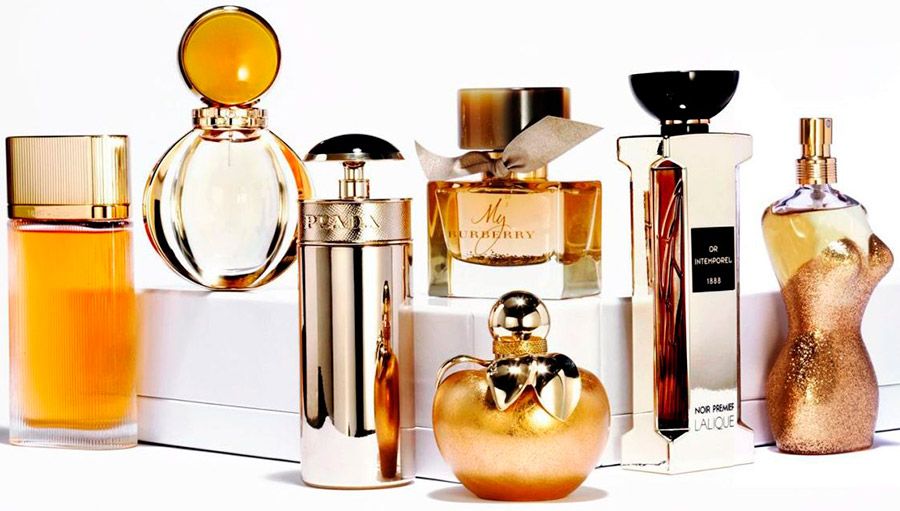
Ingestion of such a liquid is fatal, but contact through the respiratory tract is also dangerous. The skin protects against direct exposure to "chemistry", so it does not enter the bloodstream. However, the regular use of such perfumes for many years will lead to chronic problems in the functioning of the respiratory system and epidermal cells.
2. Niche (selective). In terms of its composition, it is also a synthetic product, but at a high price, it is presented in boutiques and the MAKEUP online store. There are no dangerous components in expensive original products of world brands, but there are other interesting nuances. Buying perfumery with a bright note (rose or ylang-ylang), we do not get the full aroma of the extract, but only 1-2 esters out of 300 total. Such selective work allows to reduce the cost of production of elite perfumery.
3. Absolu (Absolu de Parfum). Perfume made using a complex technology that takes a long time. It is as close as possible to the process of composing aromatic compositions that have been used for centuries. Therefore, the result is a natural, safe product with full notes. A similar technique can be seen in the film Perfumer (2006), where the protagonist created perfume from absolutes.
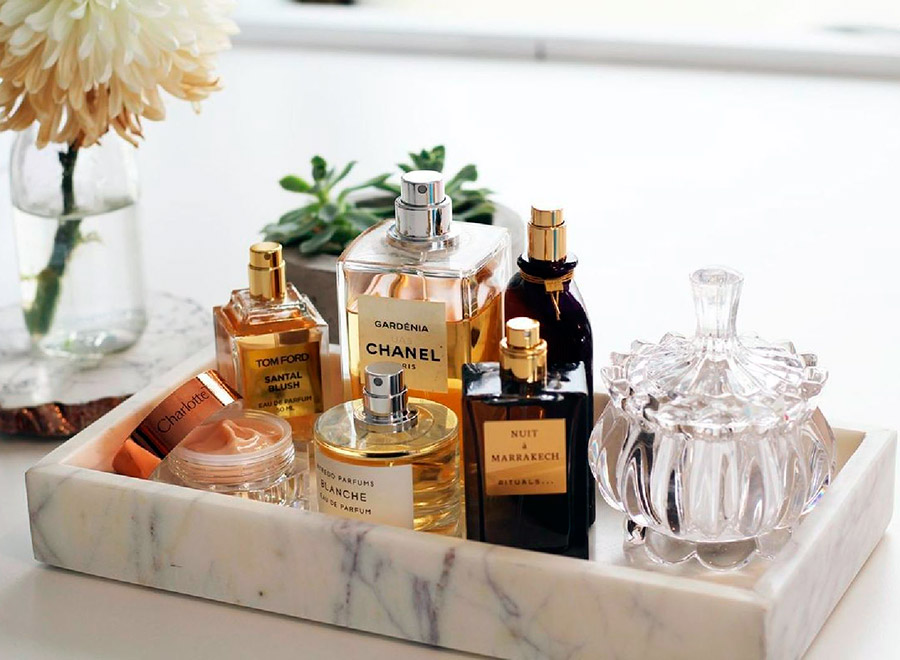
What determines cost and quality
The price of a niche and absolute perfumery depends on the composition: many manufacturers refuse pretentious bottles, realizing the value of the compositions and the needs of the target audience.
The mass market, on the other hand, invests in marketing, promotion and design of their products, so about 90% of the cost of their products is advertising, 5% is a bottle and packaging, and the rest is components. Read the composition of the perfume: if water is in the first place in it and then a large group of parabens, preservatives and other chemical compounds, then it is better to refuse it. Remember that perfumes that can be stored for more than 3 years contain phenols - a poison.
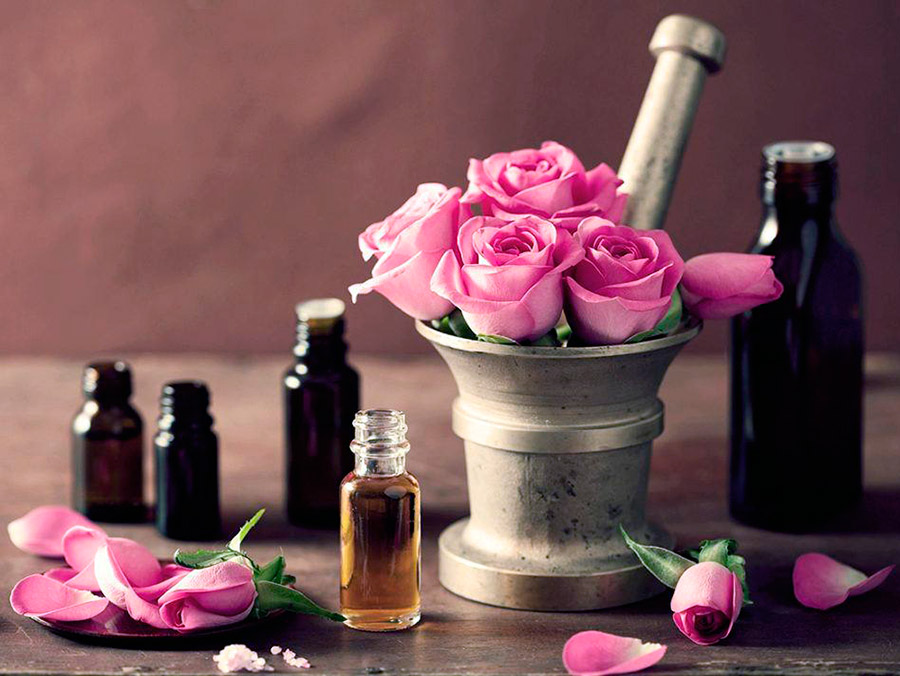
Comments and Reviews
Add a comment
Rating news
Shades of clothing that make women look younger
What shades of hair make women younger: rules and photos
Funny wedding dresses - photos and ideas
12 most expensive down jackets for the winter
How to look 25 at 40: tips from supermodels
Beautiful schoolgirls
Anti-aging haircuts and hairstyles for women
Fashionable skirts for autumn and winter
Fashionable women's trousers for the cold season
Fashionable and stylish sandals for summer 2024
Spring-summer 2024
 Fashionable dresses and tops with thin spaghetti straps
Fashionable dresses and tops with thin spaghetti straps
 Bandana tops: how to wear stylishly and beautifully
Bandana tops: how to wear stylishly and beautifully
 How to put together the perfect men's wardrobe for the summer
How to put together the perfect men's wardrobe for the summer
 Fashionable shorts for spring-summer 2024
Fashionable shorts for spring-summer 2024
 Fashionable skirts for spring-summer 2024: a guide to online shopping
Fashionable skirts for spring-summer 2024: a guide to online shopping
 The most fashionable dresses spring-summer 2024: styles and colors
The most fashionable dresses spring-summer 2024: styles and colors
 Fashionable total look 2024: ideas of images and trends
Fashionable total look 2024: ideas of images and trends
